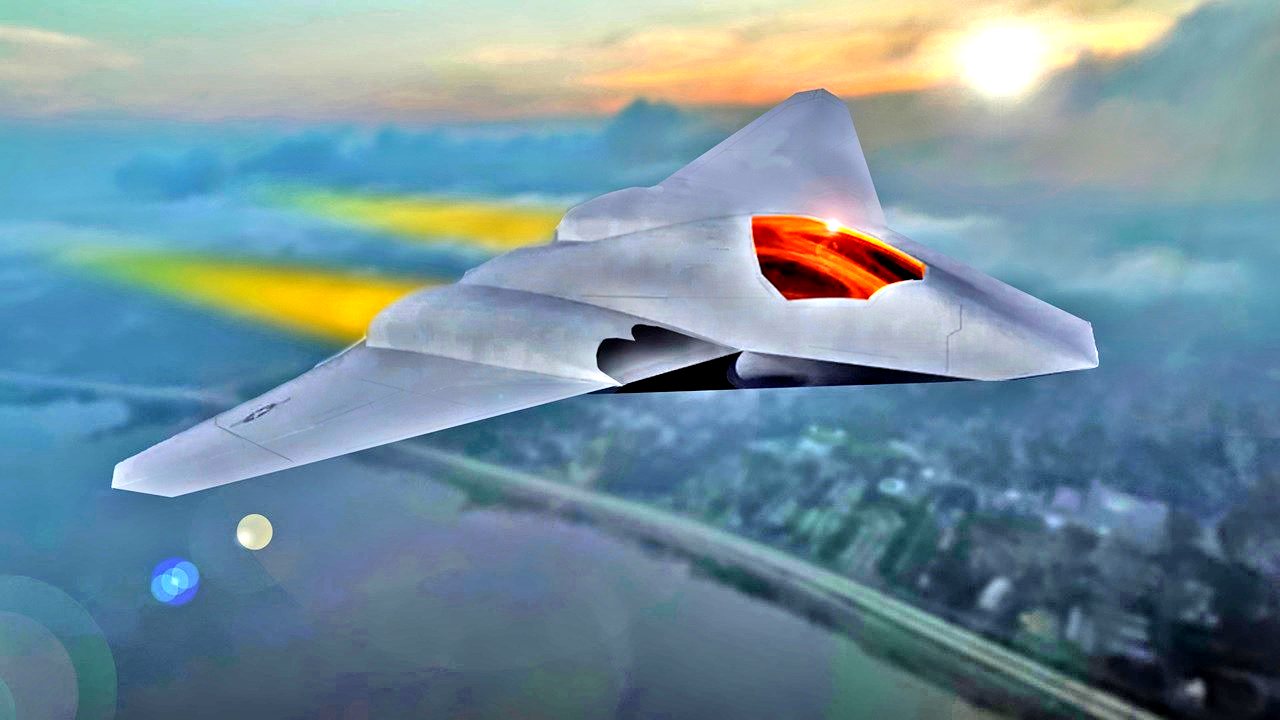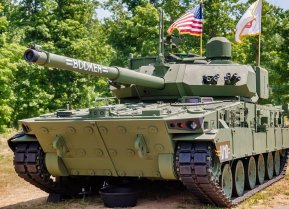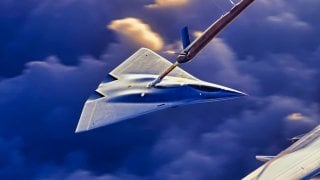NGAD: America's New 6th Generation Fighter Just Took a Big Step Forward
The Department of Defense projects that each NGAD aircraft will cost a whopping $300 million per aircraft. But, as the rationale among the Pentagon’s corridors goes, it’s more expensive to lose a war.
The Next Generation Air Dominance (NGAD) program is one of the most important ongoing projects in the U.S. military.
As near-peer threats grow, the NGAD program is looking to produce a 6th generation stealth fighter jet that will secure air superiority over a future battlefield.
Although some years before an operational capability, the NGAD program reached an important milestone this week.
NGAD Engine Milestone a Big Deal
This week, Pratt & Whitney announced the completion of a critical assessment on the Next-Generation Adaptive Propulsion (NGAP) with the Air Force as part of a complete design review for the engine of the NGAD.
“We are embracing digital transformation with NGAP and changing the customer experience through the entire development process in order to rapidly and efficiently deliver these advanced adaptive engines,” Jill Albertelli, president of Pratt & Whitney's Military Engines business, said in a press release.
The next step is to conduct ground testing on prototypes to ensure that they work as intended before they get incorporated into the aircraft prototype, which has yet to be determined.
“This technology is critical to maintaining air superiority, which is why Pratt & Whitney has made significant investments in research and development and advanced manufacturing.
Continued government funding for sixth-generation propulsion development must remain a high priority to support critical platform milestones and warfighter readiness,” Albertelli added.
According to RTX’s Pratt & Whitney, the engine will produce performance that will enable the NGAD fighter jet to produce the necessary capabilities to ensure air superiority in a future battlefield.

“NGAP technologies will provide advanced survivability, fuel efficiency, and robust power and thermal management. These are necessary to enable the required range, weapon and sensor capability, and persistence future air dominance platforms will require to meet evolving operational needs,” RTX said in a press release.
The program is slowly but steadily moving forward toward an operational capability. In May, the Air Force issued a classified solicitation to a select number of firms for the engineering and manufacturing development of the NGAD. Then, in July, Lockheed Martin and Boeing were left remaining in the race after Northrup Grumman dropped out. Although Lockheed Martin and Boeing are the main manufacturers still in the race, Textron and General Atomics are also working on certain technologies for the aircraft.

NGAD: A Futuristic Aircraft that Could Dominate
The Next Generation Air Dominance (NGAD) program aims to produce America’s future 6th generation stealth fighter jet. Although not much is known about the exact capabilities of the aircraft—there isn’t one yet!—the Air Force is looking for a platform that would be able to operate as manned and unmanned. As technology advances, unmanned aerial systems are becoming more prevalent. The Air Force isn’t looking for specifically an unmanned aircraft but something that would operate in conjunction with drones.

However, these advanced capabilities don’t come cheap. The Department of Defense projects that each NGAD aircraft will cost a whopping $300 million per aircraft. But, as the rationale among the Pentagon’s corridors goes, it’s more expensive to lose a war.
About the Author
Stavros Atlamazoglou is a seasoned defense journalist specializing in special operations and a Hellenic Army veteran (national service with the 575th Marine Battalion and Army HQ). He holds a BA from Johns Hopkins University and an MA from the Johns Hopkins School of Advanced International Studies (SAIS). His work has been featured in Business Insider, Sandboxx, and SOFREP. Email the author: [email protected].


